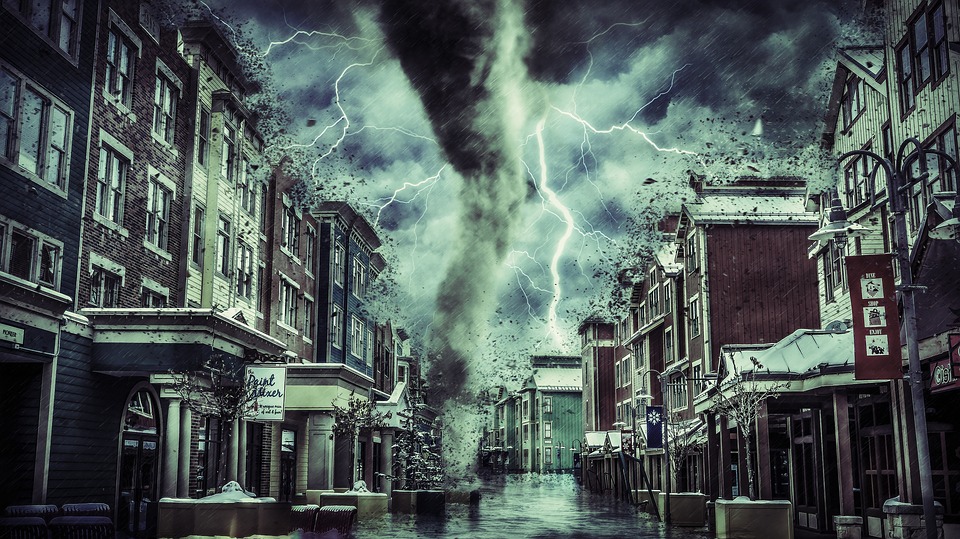With the growing threat of climate change and natural disasters to communities across the United States, economists and real estate experts favor funding for preventative measures and construction regulations over the government providing or requiring insurance.

That was a key finding of Zillow's first quarter Home Price Expectations Survey. It asked more than 100 real estate economists and experts for their predictions about the U.S. housing market, including their point of view on what, if any, action governments should take in areas at a high risk of experiencing a natural disaster.
In November, Zillow said a record number of homes would be affected by natural disasters in 2019. Approximately 15,000 homes were destroyed by wildfires in California alone last year. Earlier research by Zillow and Climate Central estimated more than 386,000 coastal homes worth in excess of $200 billion are at risk of permanent inundation or chronic flooding by 2050 due to rising sea levels, and homes are still being built at striking rates in areas that face high risks of future flooding.
"Natural disasters are occurring with growing frequency and intensity, and across the United States residential development has expanded in recent decades closer and closer to vulnerable wildlands," said Zillow senior economist Aaron Terrazas. "The result is that more and more Americans are discovering – sometimes painfully too late – that their homes are at risk. Policy makers are struggling to find solutions to protect their communities and often face a difficult tradeoff between new building regulations and infrastructure investments that can drive up housing costs and taxes, or requiring insurance that also raises costs to homeowners and, in some cases, makes taxpayers liable for the bill."
Despite these forecasts, less than a fifth (19 percent) of panelists say the government should underwrite or subsidize property-loss insurance. Less than half (42 percent) support government mandates requiring homeowners in high-risk areas to carry insurance against natural disaster losses.
Suggestions for preemptive measures garnered more support. Among five policy proposals suggested in the survey, the panelists' top choices were enforcing strict building codes to meet state-of-the-art resilience standards and declaring construction moratoriums in the highest-risk areas. Public investment in defensive infrastructure, such as seawalls, jetties or de-forested zones, was popular as well. Insurance mandates and the permanent demolition of homes repeatedly destroyed by natural disasters were less favored.
Nearly half (47 percent of panelists) said homeowners in high-risk areas who cannot find insurance or afford higher premiums should sell their homes and move to a lower-risk or more affordable location. Government intervention in the form of state-sponsored coverage, financial assistance or requiring private insurers to offer affordable policies received much less support.
Panelists are also asked each quarter to forecast the performance of U.S. home values. In Q1 2019, they on average predicted a 4.3 percent increase in U.S. home values this year, up from the 3.8 percent rate projected for 2019 just three months ago.
"The downturn in mortgage rates since our previous survey appears to have elevated price expectations for 2019," said Pulsenomics® Founder Terry Loebs. "The longer-term outlook continues to be mixed and reflect uncertainties about housing supply, first-time homebuyer capacity, and other lingering market risks. For example, the most optimistic group of experts expects 28.3 percent cumulative home value appreciation through 2023, while our least optimistic group expects a cumulative gain of just 6.6 percent over the same period. In dollar terms, the difference between these scenarios is $6.3 trillion in national home equity value."